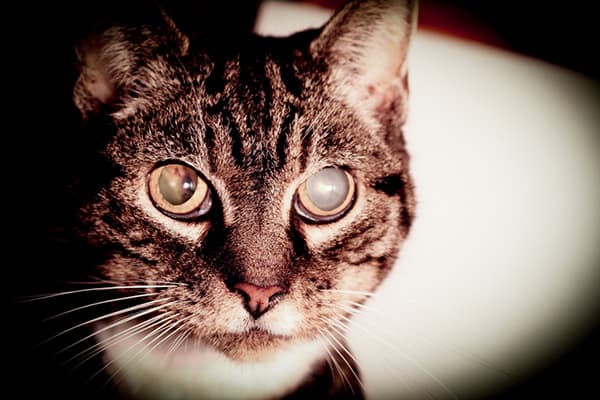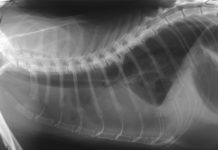Cataracts is an eye condition that affects people who are age elderly. But did you know that animals, including our cats, may experience it too? Yes, you read it right, cataracts in cats is also a real deal too. In the actual fact, cataract refers to the cloudiness in the crystalline lens of the eyes of the cat. It varies from complete to partially opacity. In the event that the eye lens is clouded, it may prevent the light from passing into the retina –that may cause the loss of vision. Read on to this article and learn more about this feline condition.
Cataracts in Cats: What is this feline condition?

The cataracts in cats may affect one or both the eyes of the cats. Commonly, this condition is triggered by inflammation, injury, aging, as well as some other non-specific causes. In the event that the eyes of the cat starts to become cloudy, the light is being hindered from reaching the retina, as well as ensue visual impairment. In addition to the total blindness or impairment, cataracts might also cause discomfort, irritation, and stress in some cats when they emotionally and physically struggle with their loss of sight.
If you are going to look into the eyes of the cat and you happen to see a milky or cloudy area, you might assume that cataract is forming in the eyes of your cat. In the actual fact, cataracts in cats is a deteriorating disorder of the eye lens, which may affect the vision. You might notice the cat behaves in a different way. This is because the vision becomes more diminished.in some instances, the cat might only have a small cataract, which is hardly perceptible. In austere cases, the entire lens may take on an opaque appearance. Blindness may also take place. Moreover, the cataracts are a developing disease and need an immediate vet care.
Causes of Cat Cataracts
Cataracts in cats may develop for so many reasons, and sometimes, the reason for the cataracts of the cats stay unknown. There are some cats that carry the DNA, which makes more probable to develop cataracts while the other cats might obtain in their later years because of the aging process, just like in humans. The causes of the development of cataracts in cats may include the following:
- Aging
- Malnutrition
- Lens luxation
- Exposure to poisons
- Electric shock
- Inability in metabolizing certain proteins
- Inability in metabolizing certain chemicals
- Hypertension
- Diabetes
- General inflammation
- Inflammation of the anterior uvea
- Trauma
- Genetic predisposition
Symptoms of Cat Cataracts
In the earlier stages of the cataracts in cats, you might notice any uncommon symptoms in the cats. Frequently, the vet is the first-ever person who will alert you regarding the problem throughout the annual wellness visit of the cat. Early intrusion may be beneficial to stem the cataract growth, as well as preserve the sight of the cat. When the cataracts grow much larger, you may see a change in the cat’s eye appearance eventually. A milky and cloudy spot may appear on the eyes of the cat, which may grow and cover the whole lens. Furthermore, you might also notice that the cat has one or all of the following behavioral or physical symptoms:
- Exhibiting signs of anxiety and stress
- Unusual meowing
- Difficulty in navigating stairs
- Difficulty in searching for its food bowl
- Finding it hard to look for its litter box
- Not being able to recognize the family members
- Bumping into furniture or walls
- Tripping over its feet
- Overestimating distances or jumps
- Unsure footing
- Change in the color of the iris
Prognosis of Cat Cataracts

At the annual wellness appointment of the cat, the vet may examine the eyes of the cats for any visual signs of cataracts. It might be essential in dilating the eyes of the cat to het a much better look at the eye’s internal structure. The vet may also take a thorough history of the medical history of the cat. He or she will also observe how the cat responds to various visual stimuli. Further, the cat might also be placed on the floor, in order to assess if it’s capable of avoiding impediments and walk with just the normal gait.
Treatment for Cat Cataracts
If surgery is necessary, do not delay it. Cataract, as what we always say, is a progressive condition, which, if not treated promptly, might lead to blindness in one or both the eyes of the cat. This is especially the case with diabetes mellitus that’s in relation to the cataracts, as they develop very speedy in cats. However, surgery is often not recommendable for cats who have non-hereditary types of cataracts in cats.
One modern surgical technique for cataract, phacoemulsification, involves the emulsification of the lens of the eye using an ultrasonic hand piece. Once the lens is being emulsified and enunciated, the aspired fluids are being replaced with a balanced salt solution. This particular procedure has shown above 90% success rate in the cats.









